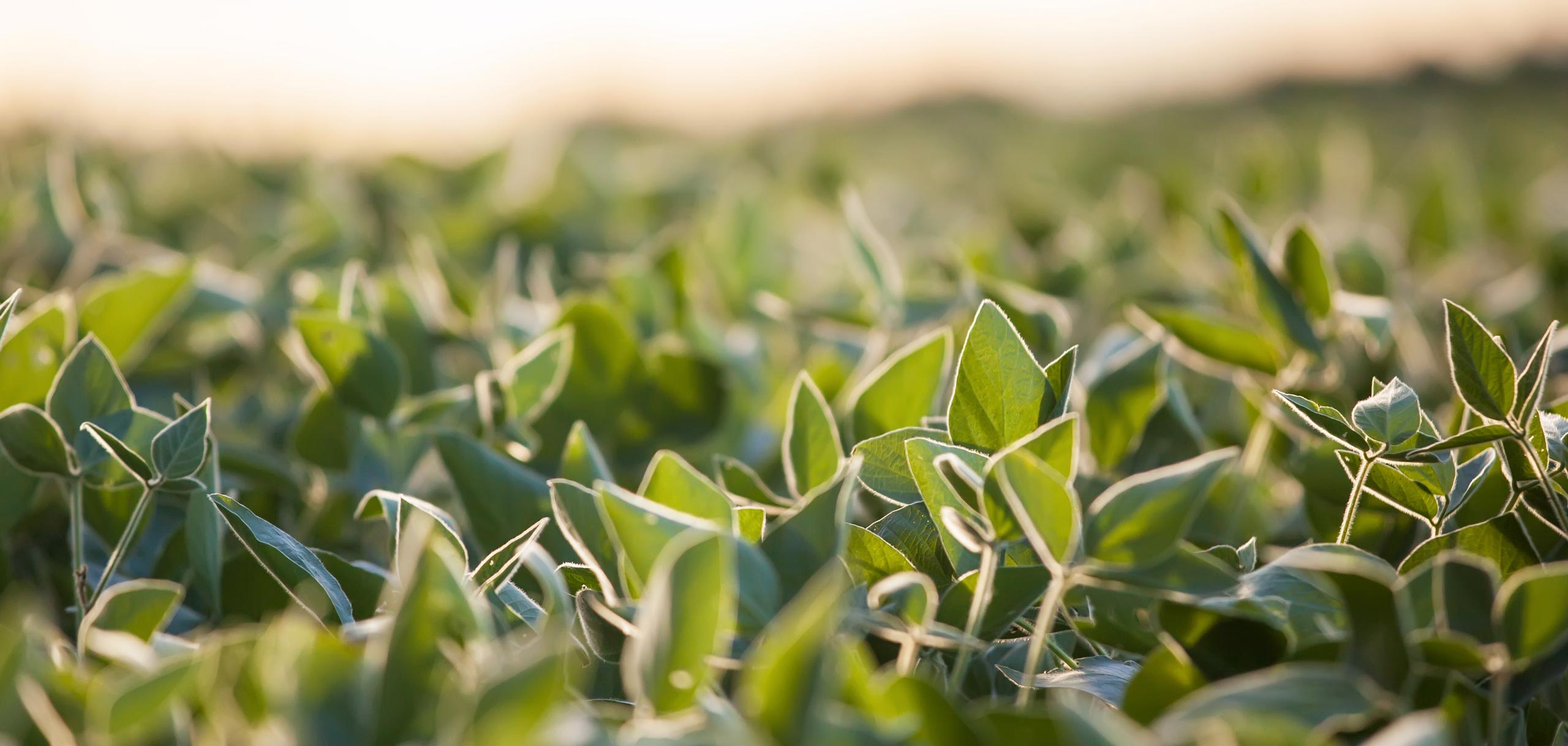USSEC Presents Aquaculture Educational Opportunity
- Category:
- General News

USSEC’s Global Soy in Aquaculture Program presented the Aquaculture Educational Opportunity to grower leaders from seven state soybean associations in San Diego, California from January 13-16.
The event helped grower leaders from Illinois, Indiana, Iowa, Kansas, Nebraska, Ohio and South Dakota to learn about Aquaculture Program activities and opportunities for soy-optimized feed in the growing global aquaculture industry. The program’s goal was to expand the participants’ knowledge of the growing market potential of soybean use in feed for global aquaculture.
Participants attended a day of presentations at Hubbs-SeaWorld Research Institute given by USSEC Aquaculture Program regional representatives, which provided overviews of the aquaculture industry globally and in targeted USSEC regions around the world, and detailed opportunities and activities to promote the use of U.S. Soy in aquafeed. Other presentations featured Aquaculture Program Public Relations activities; soy industry funded research coordinated by the Soy Aquaculture Alliance on feed formulations for various species and genetics; an overview of the Aquaculture Program at Hubbs-SeaWorld Research Institute; and a look at consumer acceptance and aquaculture sustainability from the viewpoint of a seafood distributor based in Los Angeles.
Site visits to a hatchery and working marine farm provided a comprehensive look at the entire hatch-to-harvest process of farming fish. Participants were given a tour of the Hubbs-SeaWorld Research Institute’s hatchery in Carlsbad, California by Mark Drawbridge, Hubbs’ Senior Research Scientist, to learn about breeding wild-caught brood stock and raising fish from eggs through to the fingerling stage of growth, where juvenile fish are viable for stocking in marine cages.
A visit to Pacifico Aquaculture at Isla Todos Santos, seven miles off the coast of Ensenada, Mexico, provided an up-close look at the grow-out process of white sea bass, striped bass, and California yellowtail in ocean net pens. Pacifico co-owners Eric Pedersen and Rex Ito talked about the importance of site selection for a pristine marine environment, and sustainable farming practices to minimize impact and ensure fish health and a high quality product. The group was treated to a delicious sampling of cooked and raw sashimi-grade white sea bass and striped bass farmed at the site.
Many of the grower leaders in attendance were new members of their state association boards of directors and were unfamiliar with fish farming or the potential market for soy-optimized aquafeed. This event provided an opportunity for a thorough overview of global aquaculture and efforts to promote soy use. According to comments on a post-event survey, participants were “very satisfied” with the workshop.
“I came to the event with virtually no knowledge of what aquaculture is,” wrote one grower-leader. “I came away with a good basic understanding of the industry. It gave me the desire to learn more about it.”
Another participant put it succinctly: “I think aquaculture is going to be a large market for my soybeans in the future, and more bean sales means better prices.”
The grower leaders were unanimous in their view that the Aquaculture Educational Opportunity proved valuable in raising their awareness and understanding of this fastest growing food production sector, and would like to see more educational events like this in the future.